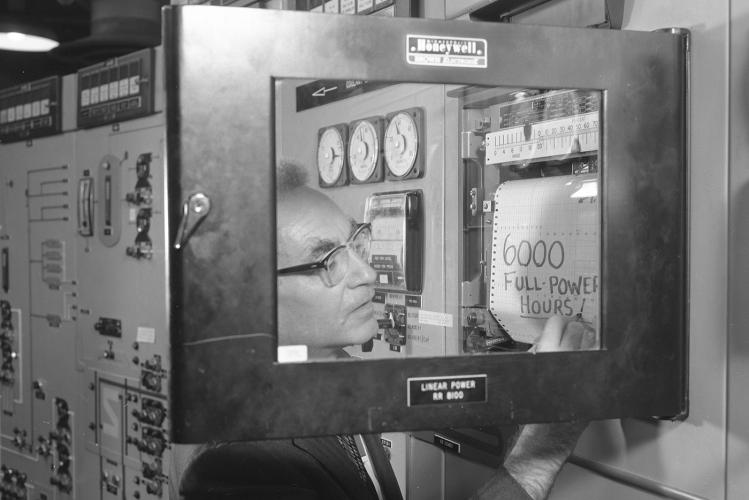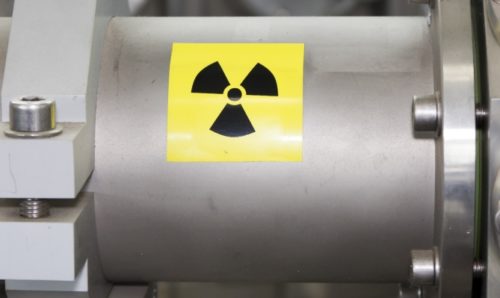Waste or resource?
New nuclear Waste and clean-up 7th December 2015
Nuclear reactors don’t have to be water-cooled and solid-fuelled. The molten salt reactor is very different: it runs at higher temperature and lower pressure by dissolving the fuel in a liquid chloride or fluoride salt.[1] When these salts melt they flow in a similar way to water, which makes them great for storing and moving heat around, but they’re safer because they can reach higher temperatures without being pressurised. Molten salt reactors are usually associated with thorium, an alternative to uranium which produces less long lived waste.[2] But they’re not exclusively “thorium reactors”, and because the fuel is fluid it’s possible to dissolve lots of different elements in it, something which is difficult to do with solid fuel without it falling apart.
Molten salt reactors are being developed by a number of different start-up companies. In my opinion, Transatomic Power[3], Copenhagen Atomics[4] and Moltex Energy[5] are the most interesting because they’re designing molten salt reactors that run on nuclear waste. Moltex Energy is possibly the only UK-based molten salt reactor company, and would be a favourable way to reduce the UK’s vast plutonium stockpile.[6]
Spent nuclear fuel is a combination of three things: uranium, transuranics and fission products. The majority is uranium, which can be reused as fuel. The transuranics form when the uranium put into the reactor captures neutrons but doesn’t split apart and create energy. These transuranics are elements heavier than uranium, and do not occur naturally on earth. They contain isotopes which take thousands of years to decay. However, if we keep reusing them in nuclear reactors, eventually we’re left with just fission products, the majority of which decay more rapidly.
We can’t do much with fission products. The options are to reuse them in other applications where possible (such as medicine), to store them and wait for them to decay or to bombard them with neutrons to transmute them into non-radioactive elements, modern-day alchemy! However, waiting might not be such a bad idea as most fission products have a half-life less than 30 years, which means that after 300 years the radioactivity will have decayed to a level below that of natural uranium which we dig out of the ground.[7],[8] Engineering a storage facility to be safe for 300 years is easy compared to designing one to last hundreds of thousands of years.
So really, it’s all a matter of perspective: many call it waste, but I call it a resource.
Daniel Cooper is a nuclear Ph.D. student and The University of Sheffield

[1] J. Serp et al. (2014), “The molten salt reactor (MSR) in generation IV: Overview and perspectives”, Prog. Nucl. Energ., 77, pp. 308–319. http://doi.org/10.1016/j.pnucene.2014.02.014
[2] https://youtu.be/uK367T7h6ZY “LFTRs in 5 minutes – Thorium Reactors”
[3] http://www.transatomicpower.com
[4] http://www.copenhagenatomics.com
[5] http://www.moltexenergy.com
[6] http://www.bbc.co.uk/news/science-environment-34723882
[7] Charles E. Till and Yoon Il Chang (2011), Plentiful Energy, p. 232.
[8] Copenhagen Atomics White Paper, November 2014



